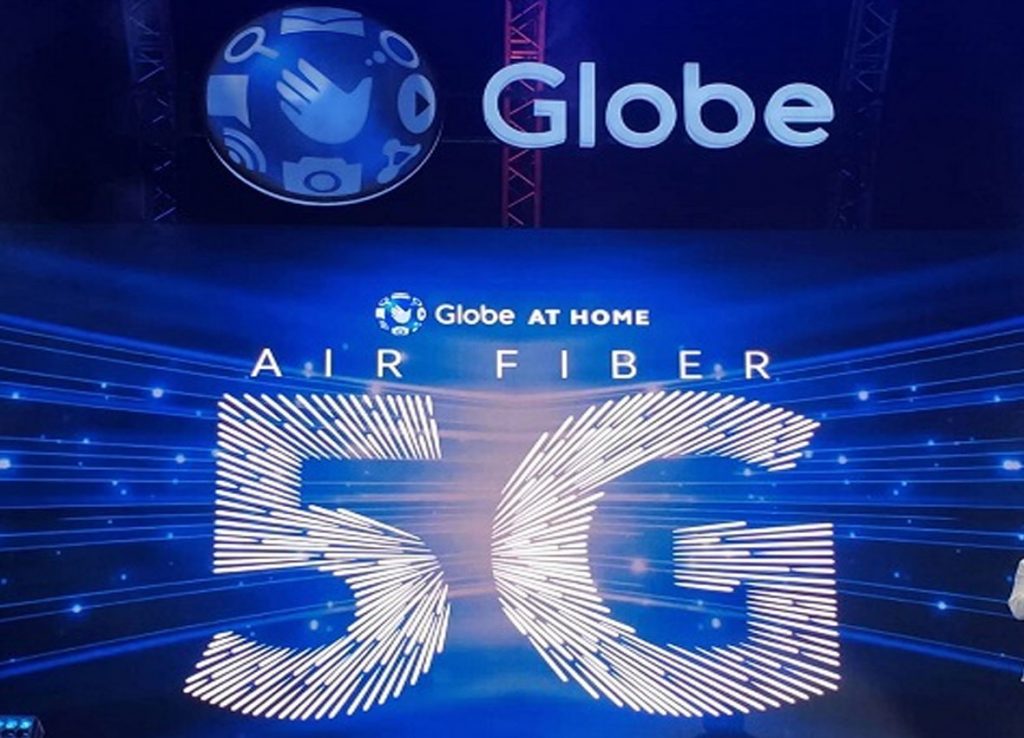ANG FILIPINAS ay naging unang bansa sa Southeast Asia na makararanas ng commercial fifth-generation (5G) fixed wireless broadband makaraang ilunsad ng Globe Telecom ang Globe At Home Air Fiber 5G postpaid plans.
Sinabi ni Globe President and CEO Ernest Cu na ang Globe At Home Air Fiber 5G ay magbibigay-daan para maikonekta ng kompanya ang mas maraming Filipino sa mga tahanan sa harap ng external challenges ng paglalatag ng fiber optic cables sa bansa.
“The arrival of 5G has caused excitement in the global world of telecommunications. Today, we made a crucial step in fulfilling our goal of connecting more Filipino homes, and our vision of bringing first-world Internet to the Philippines,” ayon kay Cu.
Ang Globe At Home Air Fiber 5G postpaid plans na nag-aalok ng fiber-like speeds na hanggang 100Mbps at super-sized data packages na hanggang 2 terabytes ay inisyal na ipatutupad sa mga piling lugar sa Pasig, Cavite at Bulacan.
“Globe At Home Air Fiber 5G will reinforce the efforts of achieving the company’s goal to connect two million homes by 2020. Prior to Air Fiber 5G, we have aggressively utilized fixed wireless solutions to connect more homes and businesses to the internet over airwaves. This strategy resulted in home broadband subscriber base increasing by 55.1% to 1.7 million in the first three months of 2019 from 1.1 million in the same period in 2016,” sabi pa ni Cu.
Ang Globe at Home Air Fiber 5G ay magiging available sa eligible customers sa July 2019. Ang plans ay nasa P1899 per month para sa hanggang 20Mbps, P2499 para sa hanggang 50Mbps at P2899 para sa hanggang 100Mbps. Ang lahat ng ito ay may hanggang 2TB data capacity.
“Globe At Home Air Fiber 5G makes use of fixed location wireless radios instead of fiber optic cables which enables the com-pany to go over the circuitous approval process of deploying a fiber optic cable – a task which proves to be arduous and involves securing multiple permits from local government units (LGUs),” ani Cu. “The right of process can sometimes take years to obtain, causing drastic delays in fiber optic roll-out completion,” dagdag pa niya.
Sinabi ni Cu na ang kompanya ay gumagastos ng mahigit 21% ng annual total revenues nito para ma-upgrade at mapalawak ang telecommunication at IT infrastructure nito magmula noong 2012.








